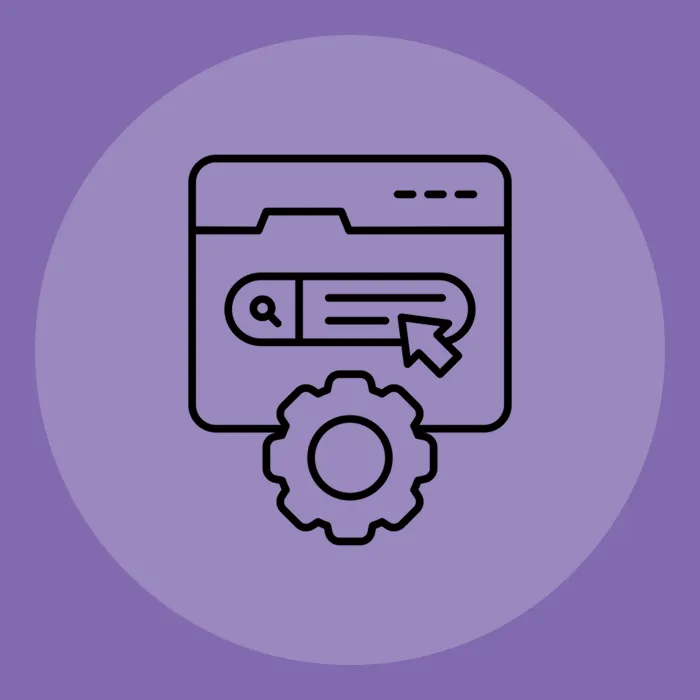The need for content analysis research is increasing amid growing business competition. Marketers need to continually embark on a comprehensive study of every aspect of their business, including customers and their market. The goal is to use any information gathered to maximize sales and profits.
One exciting development in the digital era is the use of artificial intelligence (AI) to analyze data. This is evident in Adobe's latest report, showing that over 50% of companies worldwide are using AI to analyze data, including software for content analysis. We will delve deeper into this later.
Content analysis has three main objectives. Operation-wise, it aims to help companies better grasp current market trends, target customers more effectively, project sales, avoid future problems, find opportunities, and more.
In terms of content marketing, businesses need to perform content analysis to better understand the needs of their existing and prospective customers. This could, in turn, help them develop better products and services based on their customers' expectations and requirements.
Lastly, content analysis aims to help businesses monitor their competitors and keep themselves abreast of current industry trends.
In other words, it aims to help them identify what is and is not working. For instance, you can perform content analysis involving various email drip campaign examples and find out which is most effective in attracting subscribers, which is just one of the many advantages of content analysis.
What is content analysis research?
Content analysis, unlike other forms of market research, is qualitative. Marketers are not looking to quantify particular patterns. Instead, they are trying to understand their customers systematically by examining customers’ perspectives of the existing content on their website.
A study by the Content Marketing Institute shows the various ways marketers research their target audience. About 28% are using qualitative primary research.
Businesses can perform different types of content analysis for marketing purposes. One is internal research that analyzes their content or other brands’. You may start with the following question:
What do influencers, if there are any, work or share on the content?
How many people ‘liked’ or ‘shared’ the content?
Who is following the brand?
What are the keywords being used?
Where are visitors coming from?
Is the content “quality” or not?
How much content was published?
Who is visiting the website or the content?
How frequently is content published?
External research is likewise necessary as social listening, for instance, will aid you in understanding the interests and traits of your target audience. You may start with these fundamental questions:
How can you best reach your target audience (i.e., via advertising, YouTube videos, search engines, social media, etc.)?
What are their pain points and needs? How can you address them?
Where do they spend most of their time (e.g., forums, website blogs, social media sites)?
What types of content do they share?
For businesses to perform content analysis research, they need qualitative content analysis software to make information gathering easier and faster. A lot of this technology is available in the market. They each have their own strengths and weaknesses but share the same functionality.
How does qualitative content analysis software simplify content analysis?
- It organizes qualitative data
Digitizing processes is essential for accelerating business growth. Using technology for content analysis is beneficial because the software relies on different methods for analyzing, organizing, and systematizing non-numerical data.
It comes with a wide range of tools to facilitate an insightful, organized analysis of various media, irrespective of the preferred types of content analysis.
The tools facilitate the easy structuring, sorting, and analyzing of large amounts of data and text and aid in the management of the resulting evaluations and interpretations.
The software has a high data capacity to handle more types of files than you can imagine. Most state-of-the-art software can support a PDF file or Excel table, a text document, an audio, picture, video file, a bibliographic record, or even a YouTube comment or Tweet.
This means that you don’t need to print out your files anymore or convert them to a particular format. You can instead read and analyze data right from within the software program itself.
- It manages data
The software also helps manage the documents that contain your valuable data, whether primary or secondary. It frees you from tedious data management tasks and allows you to concentrate on the data and your subjects’ reactions to it, even for virtual teams.
You have to indicate the document as ‘primary’ or ‘secondary,’ making it easy to directly retrieve a document from within the program itself, even if you are not knowledgeable about how to do content analysis. Most software also has tools for selective retrieval of coded data or text.
- It creates memos that identify preliminary views and thoughts regarding the interview itself
The software provides insights into non-numerical data sets during content analysis research without suggesting interpretations. Its robust systems enable you to write and review comments and memos linked to text segments, video or audio files, documents, or particular codes.
You can then use this information to conclude the objectives of the content analysis (e.g., interview data).
- It automates code assignments to qualitative data
Say goodbye to the traditional analysis style, which uses papers, highlighters, and pens! The software can enable you to create quotes and quotations simultaneously. All you have to do is open the document in the program, highlight the parts or the ‘quotation’ that you would like to code and drag the code from the code manager.
- It combines and classifies codes under a category or theme
To the above, the software enables you to import various forms of data, including images, text, video, and audio, and combine or classify them under a theme or category using codes based on your descriptors or defined attributes such as educational level, gender, or geographic locations of subjects.
One great feature of qualitative content analysis software is annotations. It enables you to connect several pieces of data to provide strong evidence through link creation to other coded websites, case studies, documents, and segments.
- It generates word frequency searches
The software enables you to find the phrases or words most frequently used and the frequencies of their use. Some sophisticated software can support multiple languages and count the number of characters, words, syllables, and sentences.
- It creates visual representations to organize thoughts
The software has diverse means of representing data to help you identify conceptual patterns or themes. A content analysis example is a network tool that helps present ideas, relationships, or linkages emerging from the analysis in a network or mind map format. It can then be saved as an image file, which you can easily insert into your work.
Other data visualization tools that the software can provide include multidimensional scaling, clustering, and heat maps.
Should you invest in qualitative content analysis software?
Conducting a content analysis is crucial in ensuring that your marketing strategy is working in the era of digital transformation. It can help you stay one step ahead of the competition by providing up-to-date information on the latest trends, which you can then use to improve your products and services.
As presented above, there are many ways technology today can simplify the tedious tasks of gathering, managing, analyzing, and presenting non-numeric data. This CompareCamp analysis also details the functions, features, and benefits of a content management system to provide an overview of how businesses can utilize this tool for creating and publishing their content.
Equally important is the need to ensure effective remote marketing team management. One way to do so is to use qualitative content analysis software that provides access to data anytime and anywhere. It’s like shooting two birds with one stone.
You have the means to track how your brand or brand marketing is performing vis-à-vis your competitors. At the same time, you can see how your team, regardless of geographical boundaries, is working to achieve your content marketing goals.
Most content analysis research software enables non-technical users to access data and create interactive dashboards and marketing intelligence reports, including gauges to measure key performance indicators.










